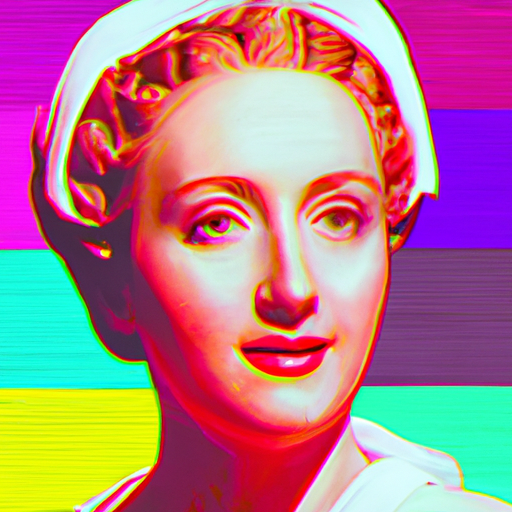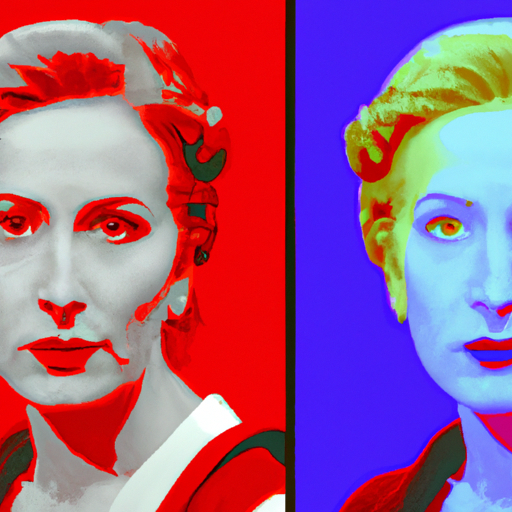
-
Table of Contents
Artistic Collaborations in Illustration and Design

Artistic collaborations in illustration and design have become increasingly prevalent in recent years. This trend is driven by the desire for unique and innovative creations that combine the talents of multiple artists. Collaborations allow for the exchange of ideas, skills, and perspectives, resulting in works that are more dynamic and impactful. In this article, we will explore the benefits of artistic collaborations in illustration and design, examine successful case studies, and discuss how to foster effective collaborations.
The Benefits of Artistic Collaborations
Artistic collaborations offer numerous advantages for both artists and their audiences. Here are some key benefits:
- Enhanced creativity: Collaborations bring together artists with different backgrounds, styles, and techniques. This diversity sparks creativity and encourages artists to explore new ideas and approaches.
- Expanded skill set: Working with other artists allows individuals to learn from each other and develop new skills. For example, an illustrator collaborating with a graphic designer may gain a better understanding of layout and typography.
- Increased exposure: Collaborations often attract more attention than individual projects. By pooling their resources and networks, artists can reach a wider audience and gain exposure to new markets.
- Shared workload: Collaborations enable artists to divide the workload, making it easier to tackle complex projects. This can lead to more efficient production and higher quality outcomes.
- Unique perspectives: When artists collaborate, they bring their own unique perspectives and experiences to the table. This diversity of viewpoints enriches the final artwork and makes it more relatable to a broader audience.
Successful Collaborations in Illustration and Design
There have been numerous successful collaborations in the world of illustration and design. Let’s explore a few notable examples:
1. Shaun Tan and John Marsden
Shaun Tan, an Australian illustrator, collaborated with author John Marsden to create the critically acclaimed book “The Rabbits.” This collaboration combined Tan’s evocative illustrations with Marsden’s thought-provoking text to explore themes of colonization and environmentalism. The book received numerous awards and has been praised for its powerful storytelling and visual imagery.
2. Shepard Fairey and Obey Clothing
Shepard Fairey, known for his iconic “Hope” poster during Barack Obama’s presidential campaign, collaborated with Obey Clothing to create a line of apparel featuring his distinctive artwork. This collaboration allowed Fairey to reach a broader audience and expand his artistic brand beyond traditional mediums. The partnership was a commercial success, with the clothing line becoming highly sought after by fans of Fairey’s work.
3. Pixar and Coco Chanel
Pixar, the renowned animation studio, collaborated with Coco Chanel, a luxury fashion brand, to create a series of animated short films showcasing Chanel’s iconic designs. This collaboration merged the worlds of animation and fashion, resulting in visually stunning films that appealed to both fashion enthusiasts and animation lovers. The partnership generated significant buzz and increased brand awareness for both Pixar and Chanel.
Fostering Effective Collaborations
While artistic collaborations can be highly rewarding, they require careful planning and effective communication. Here are some tips for fostering successful collaborations:
- Define clear goals: Clearly define the objectives and desired outcomes of the collaboration. This will help guide the creative process and ensure that all parties are working towards a common vision.
- Establish roles and responsibilities: Clearly define the roles and responsibilities of each collaborator to avoid confusion and ensure that everyone understands their contributions to the project.
- Communicate openly: Effective communication is crucial for successful collaborations. Regularly check in with your collaborators, share ideas, and provide constructive feedback to maintain a positive and productive working relationship.
- Respect each other’s expertise: Recognize and appreciate the unique skills and perspectives that each collaborator brings to the table. Embrace the opportunity to learn from one another and leverage each other’s strengths.
- Be open to compromise: Collaboration requires compromise and flexibility. Be willing to adapt your ideas and make compromises to create a harmonious and cohesive final product.
Summary
Artistic collaborations in illustration and design offer numerous benefits, including enhanced creativity, expanded skill sets, increased exposure, shared workloads, and unique perspectives. Successful collaborations, such as Shaun Tan and John Marsden’s “The Rabbits,” Shepard Fairey and Obey Clothing’s apparel line, and Pixar and Coco Chanel’s animated short films, demonstrate the power of combining talents and resources. To foster effective collaborations, it is important to define clear goals, establish roles and responsibilities, communicate openly, respect each other’s expertise, and be open to compromise. By embracing collaborations, artists can create truly remarkable and impactful works that resonate with audiences around the world.
